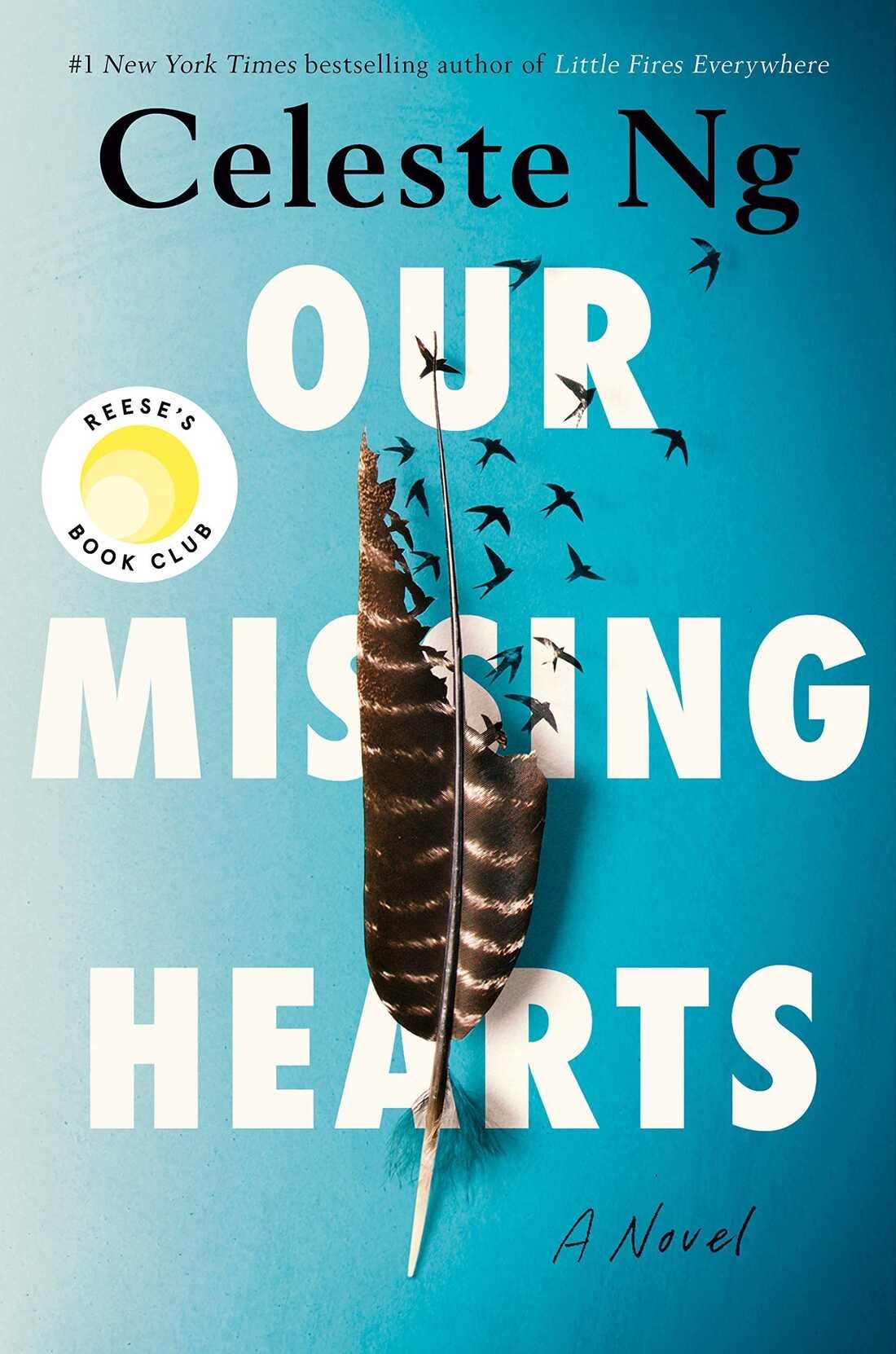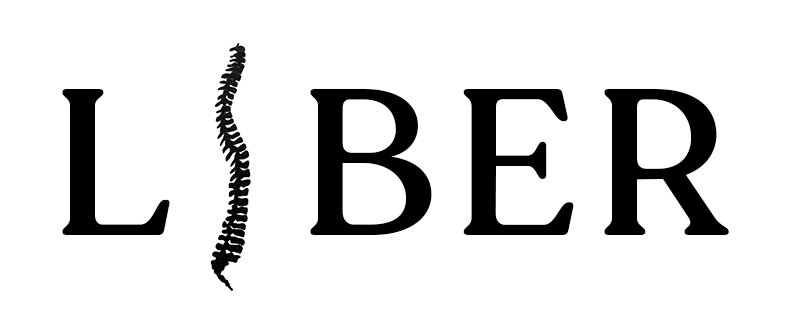
A DYSTOPIA IS an imaginary place where neither you nor I would want to dwell, for it dramatically extends the most painful and dangerous features of the present moment. As such, a dystopia warns us to change the present while we can.
The imagined United States of Celeste Ng’s new novel, Our Missing Hearts, has gone through “The Crisis,” a long economic depression that spawned social disruption and crime. The rich have survived by retreating into their vast wealth and secure real estate. The rest suffer and get by as they can. Increasingly, China is cast as the hostile cause of all this tumult, and Asian Americans become scapegoats. When a blustery senator survives an assassination attempt and the blurry image of the assassin on a security camera looks Asian, “The Crisis” enters a new phase.
The die is now cast. Congress passes—and the president signs—legislation known as “PACT: Preserving American Culture and Traditions.” It will search for and destroy “un-American elements.” It will fund neighborhood protection groups to stop protests. It will reward citizen vigilance and “information leading to potential troublemakers.” Adept at adapting established techniques of political control, PACT will remove children from “un-American environments,” with an elastic definition of “un-American.” Since all authoritarian states need a common enemy, China is now even more threatening, internally as well as externally, a malignant tumor. An upstanding citizen can hardly be expected to know a Chinese American from any other Asian American, so they are all suspect “Persons of Asian Origin” or PAOs.
PACT seems to calm and “normalize” America. The economy gets stronger. The price, however, is incalculable. Violence against PAOs becomes both common and random. The ubiquitous police are indifferent to these attacks. Most people, fearful of being thought to be unpatriotic, censor their own horror. Our Missing Hearts is largely set in Boston and New York, liberal bastions that are not immune to the disease of cowardice. Information evaporates. In the “ghost town” of a library, a librarian says, “This—this is America. . . . We don’t burn our books. We pulp them. Much more civilized, right? Mash them up, recycle them into toilet paper . . .”
Like books from their shelves, children simply disappear from their “un-American” homes and parents, perhaps following a visit from Family Services. The children are then sent on secret journeys to replacement guardians.
Ng grew up in Ohio, the daughter of scientists who emigrated from Hong Kong. Like her two previous novels, Everything I Never Told You (2014) and Little Fires Everywhere (2017), Our Missing Hearts is interested in families, their lies and secrets, and the experiences of Asian Americans—skillfully situating these in a broad sociopolitical context. One of Ng’s recurring themes is the agony of loss of both culture and home. Remember, this novel urges us. Remember our histories, the stories our parents told. Amnesia is a form of death—of a free society, a loving family, an individual soul.
The suspense and terror of Our Missing Hearts springs from what might happen to Ng’s characters who resist PACT, like Sadie and Bird, two young school friends who are vulnerable to being taken from their parents. Sadie’s father is white and her mother is Black (and a journalist). One day, Sadie disappears. Bright and fearless, she runs away from her foster home, determined to get back to Baltimore and be with her rightful parents. Bird has a white father, Ethan, who is enthralled with languages, and a Chinese American mother, Margaret, a poet who has been missing for three years. The children are surrounded by adult networks of resistance: guerrilla artists, whose anonymous work baffles the police, and guerrilla librarians, who find ways to pass on information about the families of the “legally” kidnapped children and the children themselves. Another member of the resistance is the cunning philanthropist Domi, the rebellious heir of an electronics fortune and an old friend of Margaret’s.
Like books from their shelves, children simply disappear from their “un-American” homes and parents.
The backstory is this: before her disappearance, Margaret writes and publishes a book of poems, Our Missing Hearts, which, without her having anything to do with it, becomes the voice and flag of protest. When Marie Johnson, a student at NYU, is shot dead while holding a poster that says all our missing hearts, she becomes a martyr, and the state responds by vilifying Margaret as a “kung-PAO,” a traitor. Her books vanish. Convinced that the state will take Bird away from her and Ethan, they act to protect him: Margaret goes into hiding.
At the novel’s opening, Bird, now twelve, receives a coded letter—a drawing of cats, an allusion to his favorite childhood story and game with his mother. Without his father’s knowledge but with knowledge about how a heroic knight in an ancient legend would behave, he makes his way to New York, to Domi’s Park Avenue address, where he thinks his mother might be living.
Margaret has spent her years in hiding collecting the stories of families who have had children taken from them. The children are scattered like the seeds of a gutted pomegranate, that ancient symbol of fertility and death. Margaret is inventing a way to broadcast these family stories throughout New York. Her work is dangerous; she will be captured.
At some point, Bird must decide what to do with his maternal legacy. Can he painstakingly reassemble her banished poetry by recovering the memory of it from one person after another, one page after another, one line after another? Doing so, he will display the persistence of Sisyphus, another resister.
IN THE 1980s, Margaret Atwood’s The Handmaid’s Tale framed a world where reproduction is wholly controlled by the State. Exactly when this dystopic future might take place is left unclear. Like Atwood, Ng can entice a range of readers into a complex story and make them want to stay. The world of Our Missing Hearts is not a misogynistic theocracy but rather a modern authoritarian state rooted in a cruel patriotism. Its citizens can have cell phones—as long as they prove their patriotism on a daily basis. Put on that red, white, and blue flag pin now.
Like Atwood, Ng leaves the exact date of her dystopia open to interpretation. In a text concerned with languages and their meanings, a recurrent metaphor is the snake. Does the novel begin in the Year of the Snake, the sixth sign in the Chinese zodiac—2025 or 2037 or 2049 CE? Whenever it is, this dystopia may be near. As to how near, I have a test: Will a school board or legislator try to keep it from a classroom or library?

